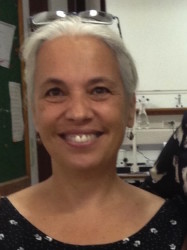BibTex format
@article{Howell:2014:10.1186/1471-2164-15-1179,
author = {Howell, KJ and Weinert, LA and Chaudhuri, RR and Luan, SL and Peters, SE and Corander, J and Harris, D and Angen, Ø and Aragon, V and Bensaid, A and Williamson, SM and Parkhill, J and Langford, PR and Rycroft, AN and Wren, BW and Holden, MT and Tucker, AW and Maskell, DJ},
doi = {10.1186/1471-2164-15-1179},
journal = {BMC Genomics},
pages = {1179--1179},
title = {The use of genome wide association methods to investigate pathogenicity, population structure and serovar in Haemophilus parasuis.},
url = {http://dx.doi.org/10.1186/1471-2164-15-1179},
volume = {15},
year = {2014}
}

